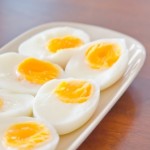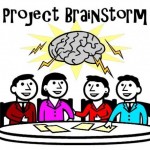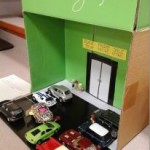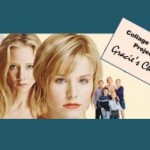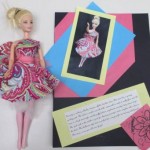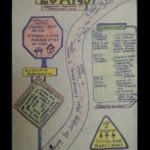
Students spend a lot of time researching and making comparisons on various colleges from location to majors offered and cost, so it only makes sense to spend some time looking at options of financing their ambitions. While I am no expert, going through this process with my daughter last year has at least upped my comfort level with the material and terms (at least a little bit). Because of this I wanted a simple way for students to learn what options were out there to help them afford college so they could at least have a starting point. This assignment asks students to take an article on college loans and not only read it, but create a graphic organizer around the theme to help them become more familiar with the information. While students often have additional questions specific to their circumstances, our school also offers a financial aid night for students and their parents which allows them to ask those questions and get the answers that I cannot afford them.

